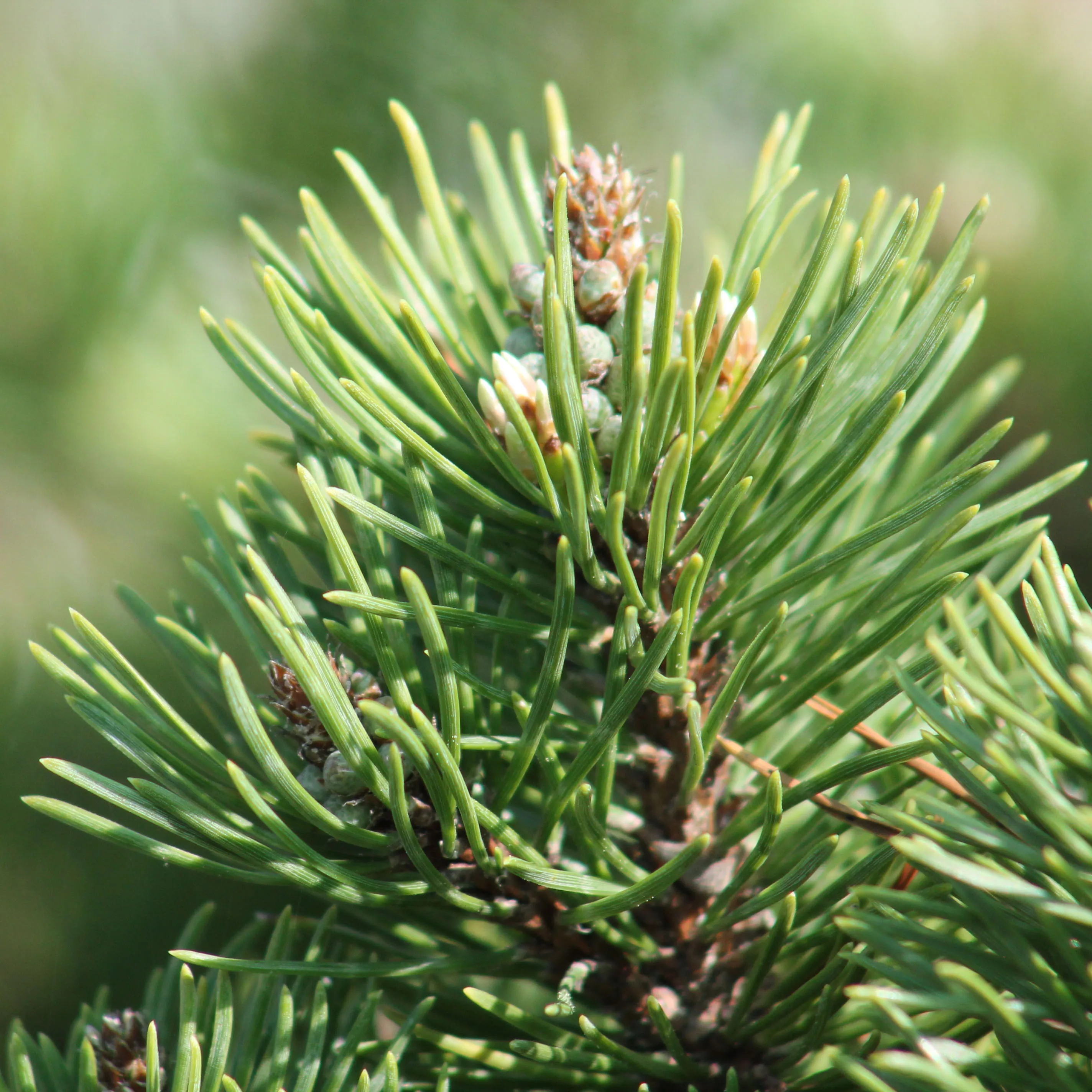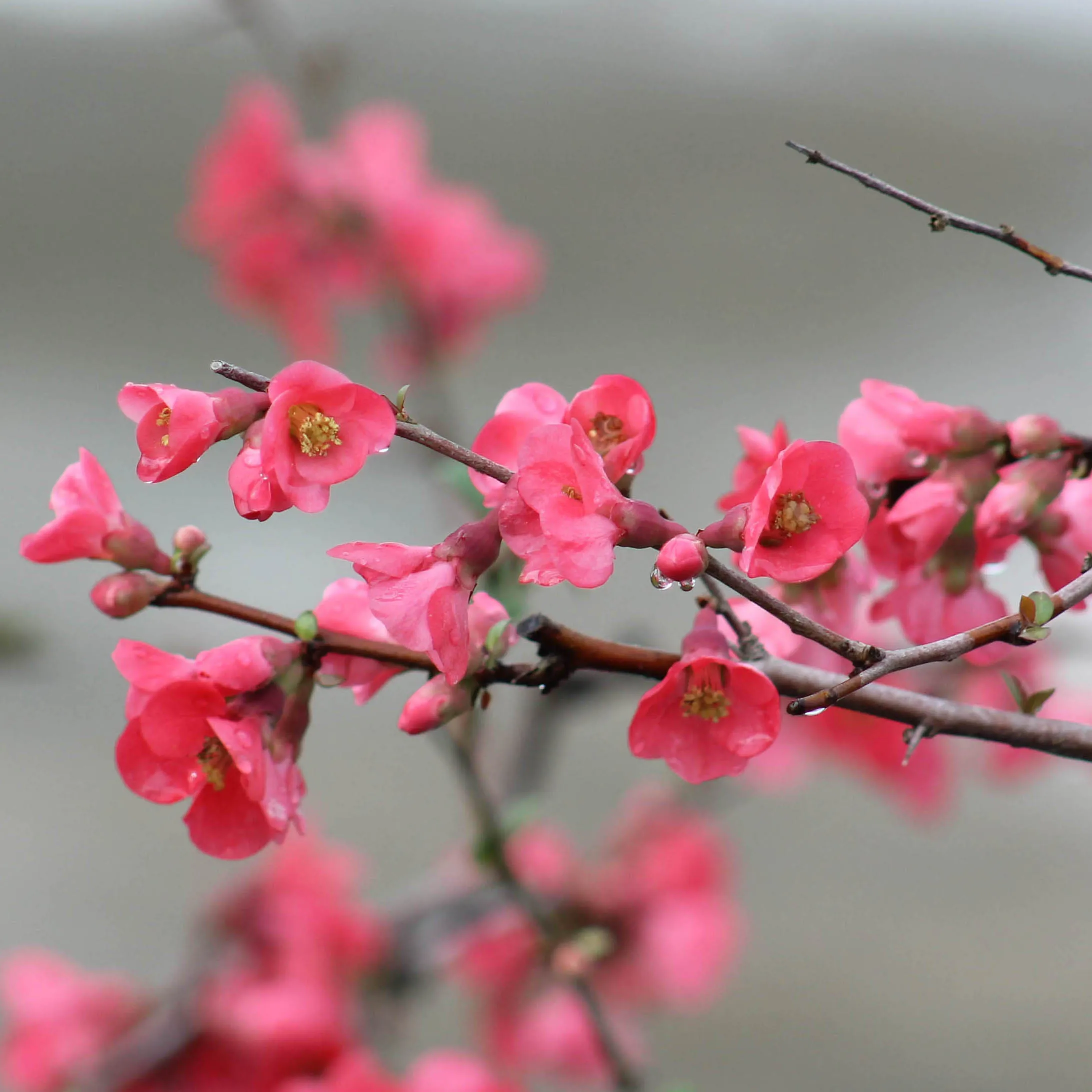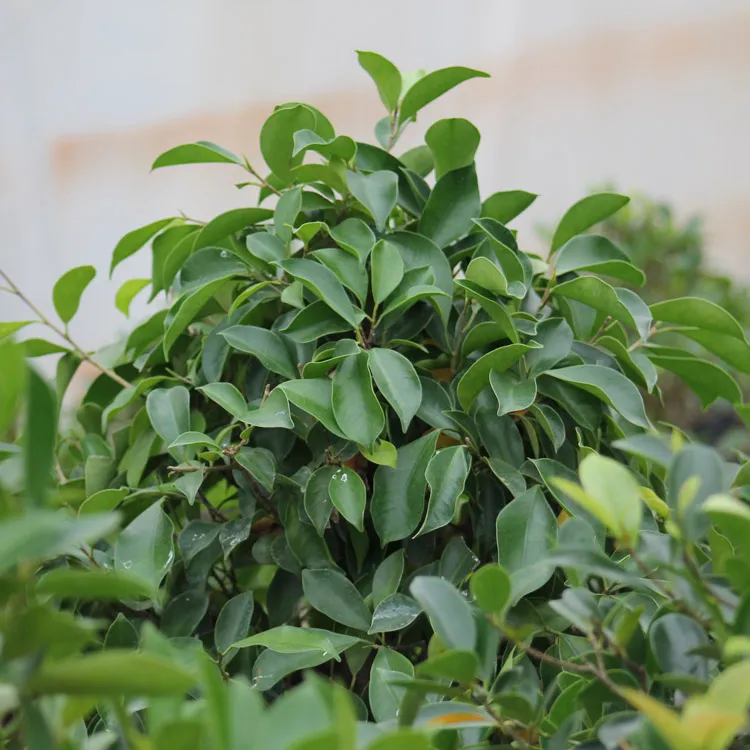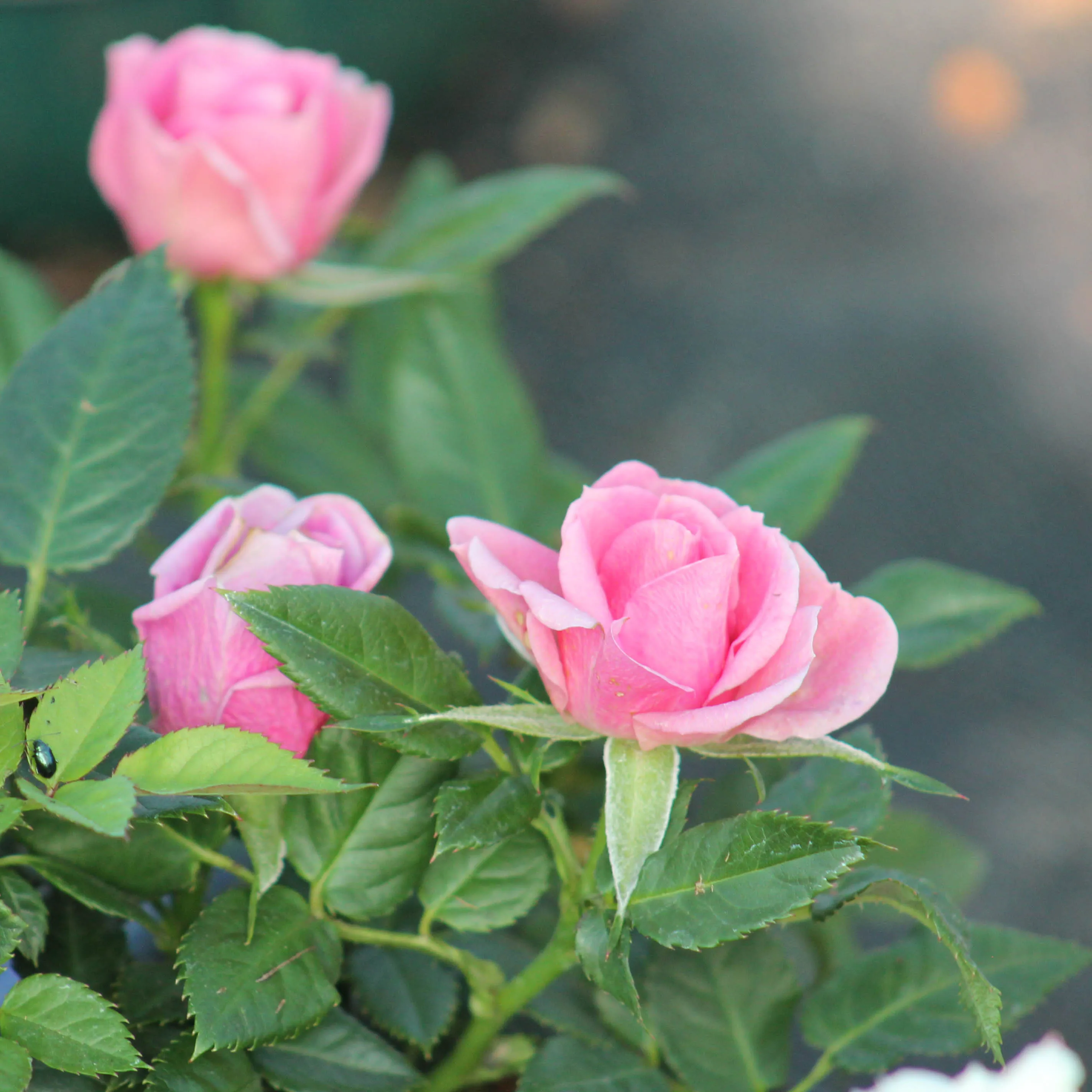Dehors toute l’année, privilégiez un emplacement allant de mi- ombre au plein soleil. Attention, méfiez-vous du soleil brûlant et éclatant un été qui peut endommager les feuilles. Dans ce cas, prenez soin de le placer dans un endroit ombragé. Au contraire, l’hiver, il est très robuste et ne craint pas le gel.
 English
en
English
en
Bonsai
Beech "fagus sylvatica" 1-3
The beech is a deciduous bonsai that grows in the lower mountains as well as in our countryside. Its greyish bark becomes rougher as it ages
+ Location: outdoors all year round
+ Age: 16+ years old
+ Foliage: pale green in spring/ bright green in summer / orange-young in autumn
Its foliage is marcescent, that is, it remains attached to the tree even after the leaves have died in autumn and often until the spring swelling of the buds causes it to fall off.
Growing Tips
Location : Outdoors all year round, choose a location ranging from partial shade to full sun. Beware of the hot and bright sun in summer (especially in the southern half of France) which can damage the leaves. In this case, be sure to place it in a shady place. On the contrary, in winter, it is very hardy and does not fear frost.
Watering : Beech needs a substrate that is always moist. However, water your tree regularly while allowing the root ball to dry out slightly between waterings to avoid excess water. Indeed, underwatering or overwatering is not necessarily advantageous for the good health of your bonsai. So take the time to manage it well.
Important : Do not hesitate to water the entire root ball up to the roots, materially, the water will drain through the holes present under the pot or bathe the tree in water (drenching) for a few minutes, to be sure to water well up to the roots.
We do not recommend putting a cup or container underneath your pot as the water will stagnate and can cause root rot. (Too much water = asphyxiation).
In spring/summer, watering should be done regularly. In hot weather, it's every day ! On the other hand, in winter, water according to the soil monitoring you do. Thanks to the rain and cold, you won't necessarily need to water regularly since the substrate will remain moist.
Substrate and repotting: In the nursery, we use agricultural potting soil which is composed of black peat, blond peat, eco-aged, topsoil, horse manure, pozzolana.
Repotting is done about every 2/3 years, from January to March, before it starts, but be careful never completely destroy the root ball during the next repotting because the mycelium (white fungus) develops with the roots and lives in symbiosis.
For a 20-year-old plant, you can keep the same pot or enlarge it slightly the next time you repot.
Size : In spring (May), you can prune your tree when the twigs are tender. Prune the twigs, above the first leaf and above the second for the weaker ones. To promote branching and compactness, the young shoots should be "pinched " after the first or second leaf. The buds bloom quickly ; If you neglect pruning, you may end up with very strong growth with longer internodes. When the growing season is over, you can fold back one eye following the direction of the future growth.
The pruning of the structure you want to give it is usually done at the end of winter (end of February-March). To do this, prune the trunk buds and unsightly branches.
In the summer, you can rejuvenate the foliage by removing the larger leaves to let the light through.
Fertilization : In the nursery we use blue tomato/flower fertilizer NPK 12 12 17, nitrogen = N, phosphorus = P and potassium = K, higher in potash for a mineral supply. It is a perfect fertilizer as a nutrient supplement. Put a handful on the substrate (small or large depending on the size of the pot) from spring, from May to October, every 2 months for good growth.
More information:
All our bonsai are unique. That's why they're referenced by numbers. These do not indicate the age of the tree. If you would like to know more about it, please do not hesitate to contact us. We will be happy to let you know its approximate age.
We ship bonsai throughout France and neighbouring countries that are part of the EU.
We take care to pack each bonsai in custom-made wooden crates or reinforced cartons . The tree is well protected and tied to prevent any risk of breakage.
Depending on the size and weight of your bonsai, shipping is carried out by specialized carriers: DPD (under 30kg) or GEODIS (+30kg).
Our priority is that the delivery of your bonsai goes smoothly. For this reason, shipments are rarely made on weekends and never during heat waves, to prevent your bonsai from transacting for too long. We also regularly check and verify the tracking of your packages.
Do not hesitate to consult our delivery page to learn more about our methods.
Click ----> Bonsai Delivery France and EU - Galinou Bonsai Nursery
The + of our bonsai nursery
The bonsai tree you see in the picture is really the one you are going to receive. To find out the dimension, refer to the scale on the side. Each product is unique and we take care to take photos that give you the most accurate preview possible of what you will receive.
All bonsai are produced in our large nursery in Lot-et-Garonne. They are therefore perfectly adapted to the climate of France, which is not always the case with Japanese imports.
We have more than 1000 bonsai for sale at the nursery and tens of thousands under cultivation and work. This site is only a meagre representation of our production, but it is impossible for us to put all our stock online. So if you're passing by, don't hesitate to visit us!

 Production of French Bonsai
Production of French Bonsai


































































































